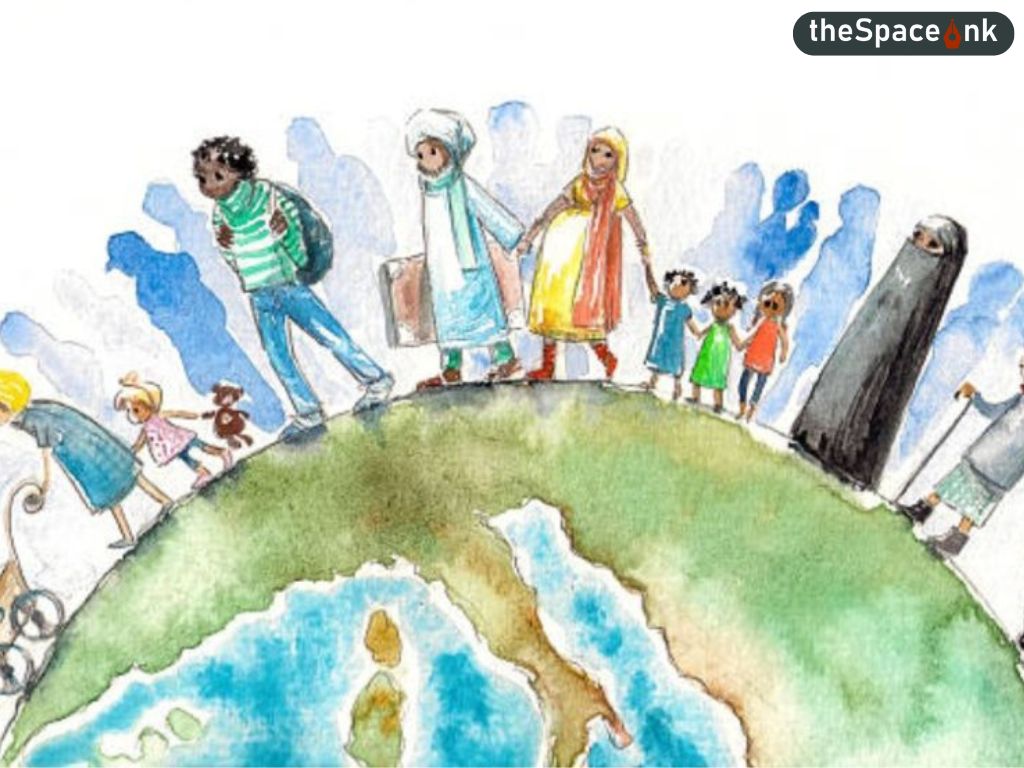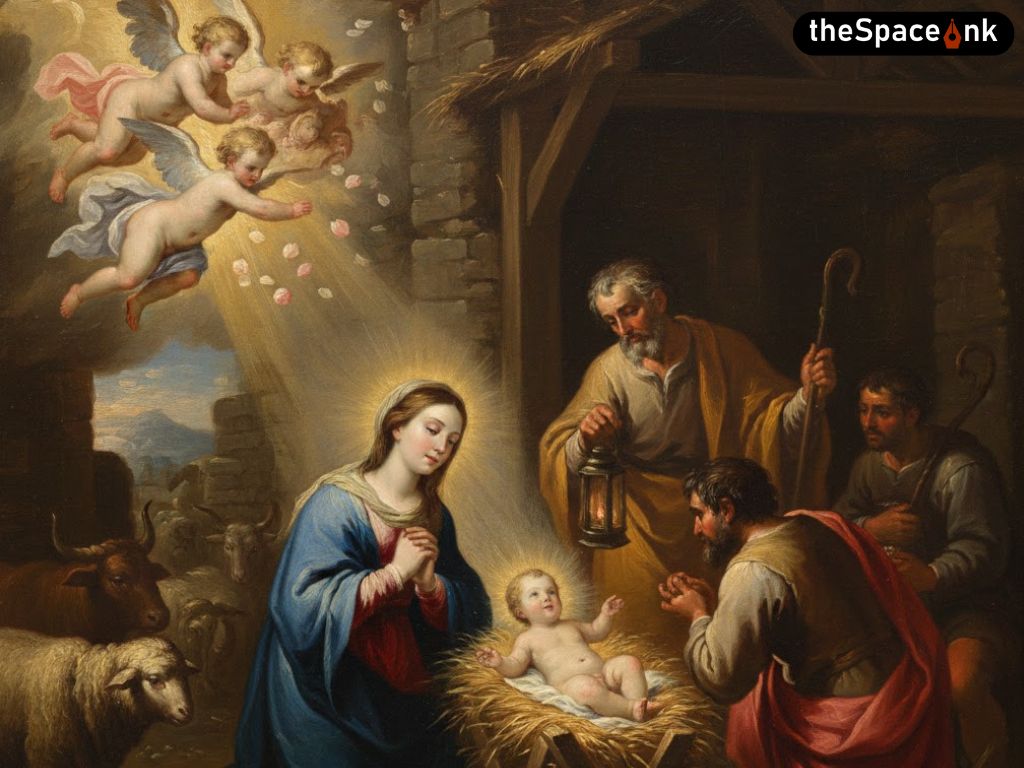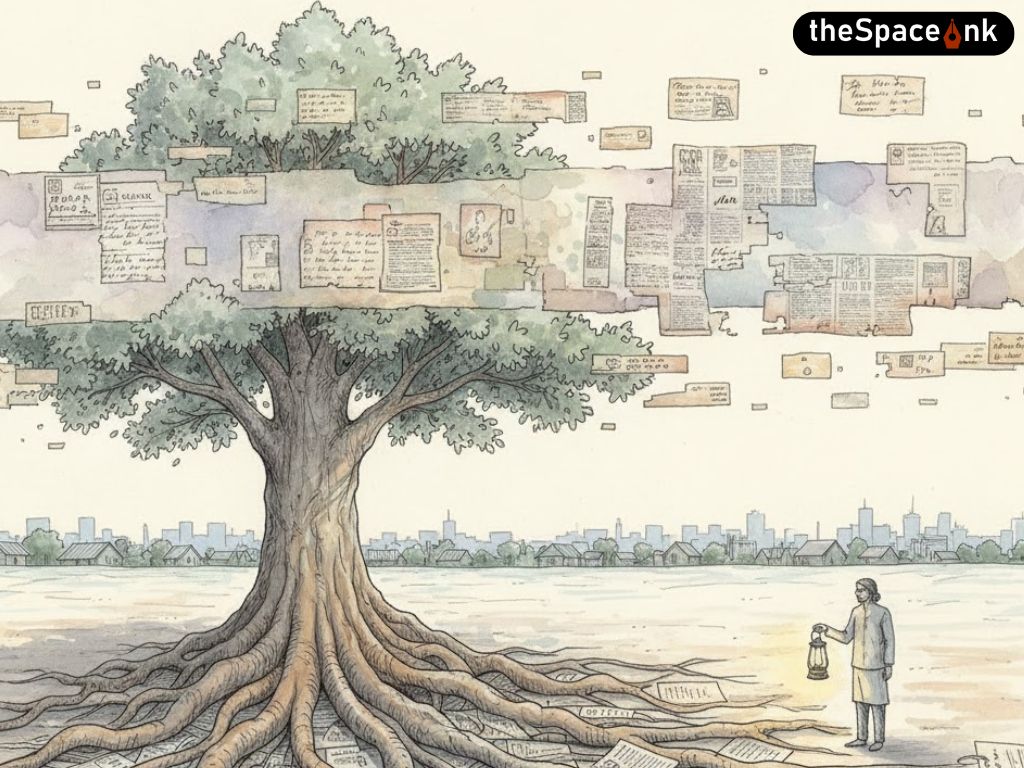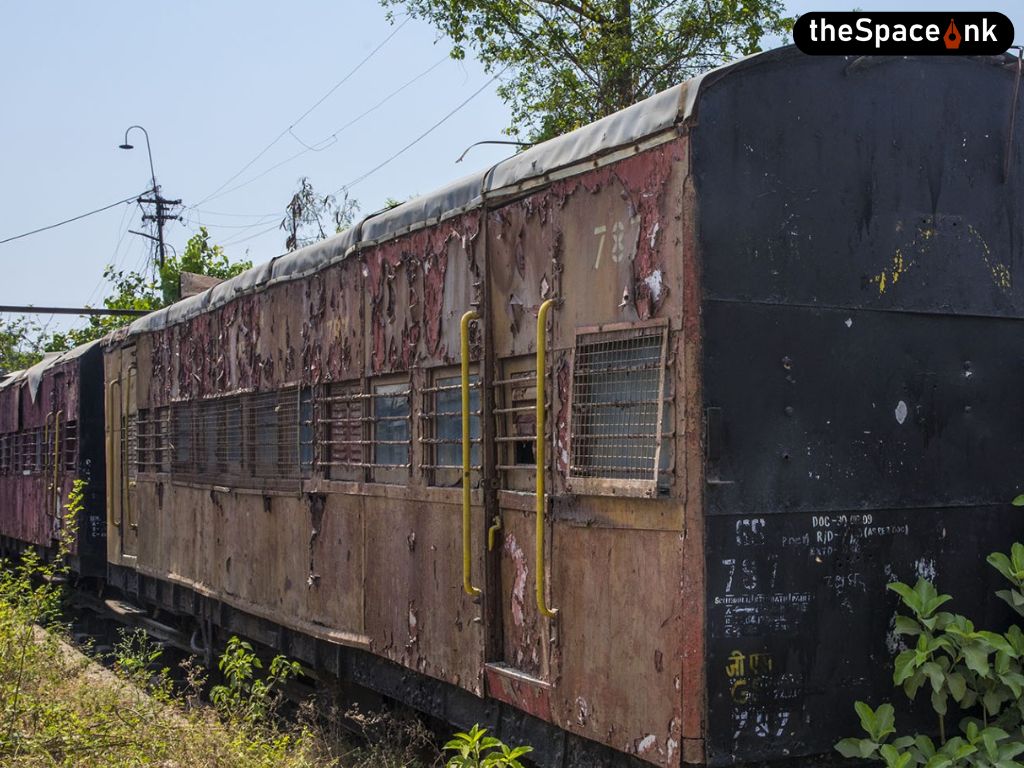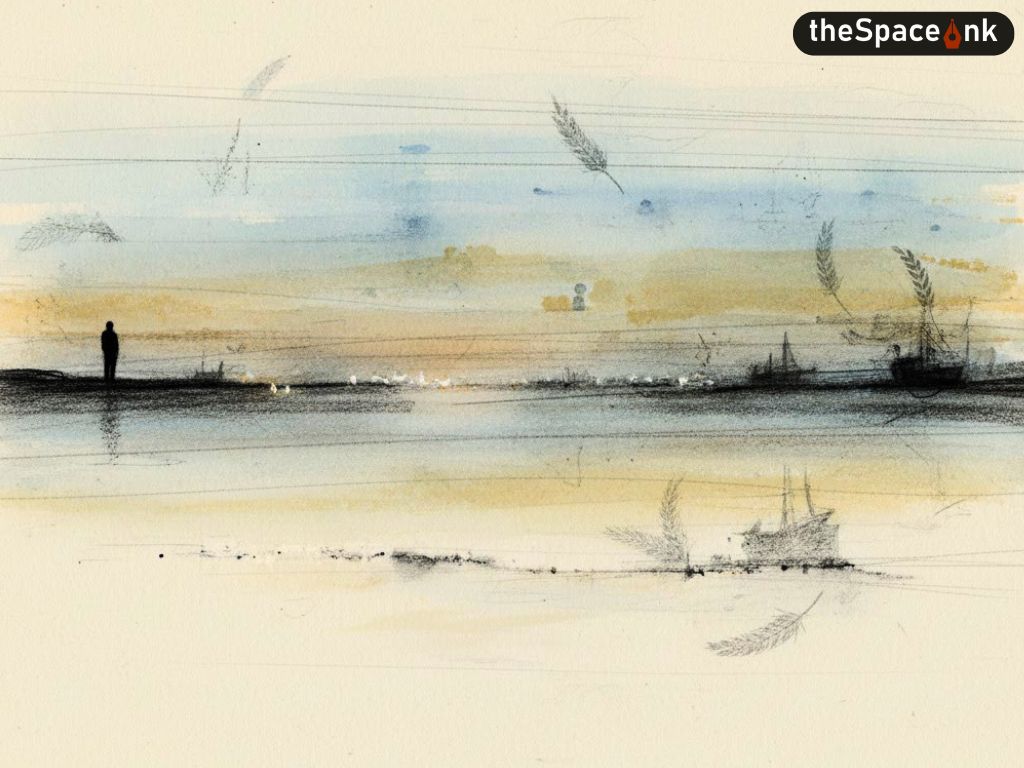(Immigration)
Immigrant. Migrant. Refugee. These three words are different but are easily interchangeable, the nuances notwithstanding. If a migrant is a temporary resident compared to an immigrant, more often than not, migrants turn into immigrants over a period of time. The refugee, on the other hand, is someone who is a forced migrant – displaced.
Ever since civilization took roots, the movement of man began. It is the nature of man to seek beyond his comfort zone whether to hunt for survival or conquer new territories. Even if the purpose is to finally come to rest somewhere, the journey becomes the destination, both physically and in the mind.
In documenting or creating art in addition to writing history and stories, there arises a need to contextualize.
The images may all be of universal heartbreak, pain, resilience but each case or story of the immigrant/migrant/refugee is unique. To dismiss everything as, that at the end of the day, we all are immigrants (moving from village to city; from one city to another; from one country to another) or that finally we will all become climate refugees overriding all other movements is being rather insensitive to the displaced caused by conflict, war and even purpose. (Immigration)
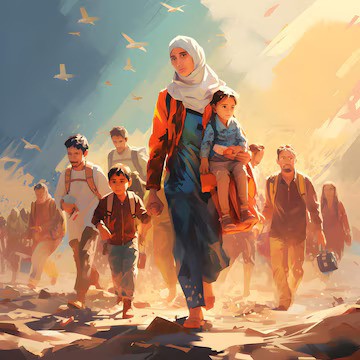
Immigration literature, therefore, holds equal importance as other more popular fiction genres. We must remember that the biggest migration is believed to be that of the Native Americans, who are said to have travelled from Asia to what is today both North and South Americas. These continents were once one, but with time, divided into two separate continents.
Often, immigrants who are not seeking political asylum make a conscious decision to migrate as do those seeking better living opportunities or because of marital alliances.
In a global world, these choices are bound to occur and therefore, there is a need to accept the outsider; the other.
In writing his Great American Novel Ragtime, E.L. Doctorow captures the turn of the 20th century in America, which had not yet become the Great Dream of millions across the world. He somewhat sketches the uncomfortable relationship that the country had with its immigrants, which came in waves. Their condition, in a city like New York, was no better than say what the refugees faced in India after the Partition. The older immigrants shared a love-hate relationship with the newcomers landing on Ellis Island. (Immigration)
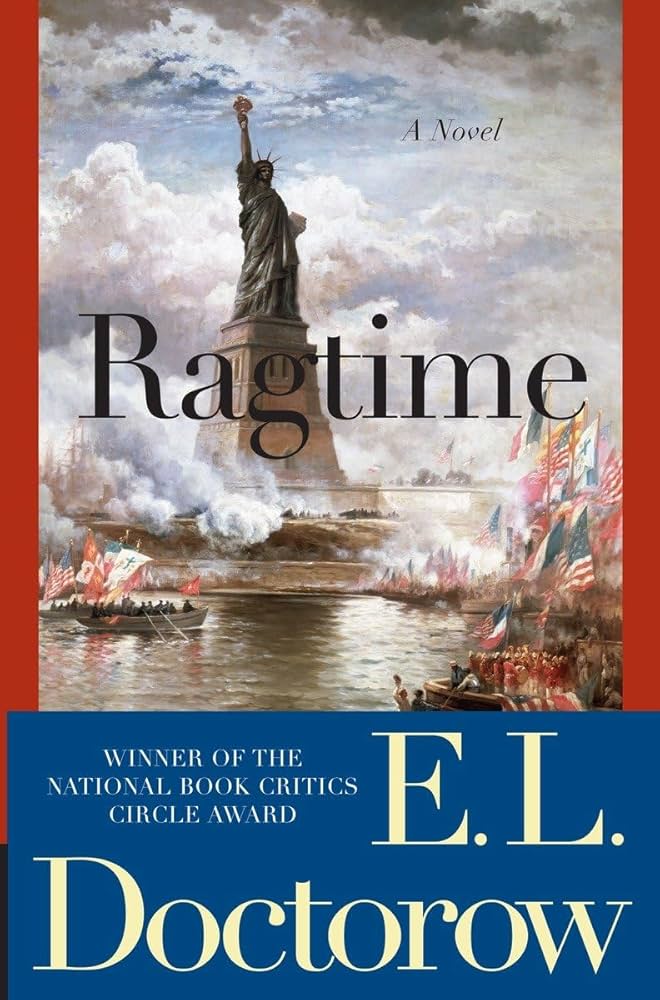
Doctorow spins a wonder tale, in one of his best historical fiction books. In this novel he seamlessly blends in a number of historical characters by name in trying to contextualize a certain period. He is though, not the first writer to do so. Many writers over time have employed a similar style, with the the historical characters being veiled, but translucent enough for readers to get an idea. A Suitable Boy by Vikram Seth is a case in point.
Also Read: World Refugee Day Feature: The Challenge of Angels Unawares
In his essay False Documents, Doctorow writes, “History is a kind of fiction in which we live and hope to survive, and fiction is a kind of speculative history, or a super-history, by which the available data for the composition is seen to be greater and more various in its sources than the historian supposes. There is no fiction or non-fiction as we commonly understand the distinction: there is only narrative.”

Among other historical novels mapping stories on immigration, is undoubtedly the Ibis trilogy consisting of Sea of Poppies, River of Smoke, and Flood of Fire by Amitav Ghosh. The three books are set against the middle of the nineteenth century amid the build-up of the First Opium War across the Indian Ocean. The trilogy traces various movements and journeys involving the indentured migrant labourers from the eastern side of India to the West Indies. (Immigration)
Ghosh today writes more on climate change that is sure to result in climate refugees. History has instances of rivers drying up leading to the end of great civilizations, unfortunately today the environmental dangers are due to the neglect of man, rather than the wrath of nature.
In searching for our identity, we seek to reach out and try to break barriers so others can too feel and literature, in a bid to bridge gaps, celebrates this.
Literature tries to make sense of diversity, look at the past and add a perspective to the future. Therefore, a great deal of American literature is immigrant literature because of America is a land of immigrants. Jewish writers have dwelt at length on this. So has a Chinese writer like Amy Tan. Among Indian-American writers no one has created as much an impact as Jhumpa Lahiri on the question of immigrants through her short stories and novel, Namesake. In her slim volume Whereabouts written first in Italian and then translated into English, she focuses on a different set of immigrants in Italy without naming them.
Literature highlights the internalization of pain and grief of those grappling with both clinging to the past and in trying to let go of the past in a new environment.
To absorb themselves into a new cultural environment is easier for the second generation of immigrants. Yet distanced from their parents’ pain the next gen writers record unique stories. This is clearly reflected in the writings of Pakistani and African immigrant writers settled in the United Kingdom. Hanif Kurdish (My Beautiful Launderette) and Bernadine Evaristo, (Girl, Woman, Other), which are stories of British Black women cutting across generations, age and class come immediately to mind. (Immigration)
This is possible for the second third gen writer can feel their family’s cultural conflicts. Time and distance lend a mix of objectivity though literature is best, subjective. Writing critically on colonialism also forms a part of this growing immigration literature; a recent example being Abdulrazaak Gurnah, the Tanzanian British writer, a refugee, who received the Nobel Prize in Literature in 2021.
As a strong advocate for Partition Literature in the subcontinent, I believe there are still stories left to narrate about the trauma and pain of displacements along with stories of great successes built on the debris of suffering.
So, on Immigration Day, we must spare a thought for the refugee or the migrant who sometimes, have no choice unlike an immigrant who can exercise a certain choice. Yet the immigrant always talks about going back home even though mass immigration has resulted in enriching countries through their contributions and hard work.
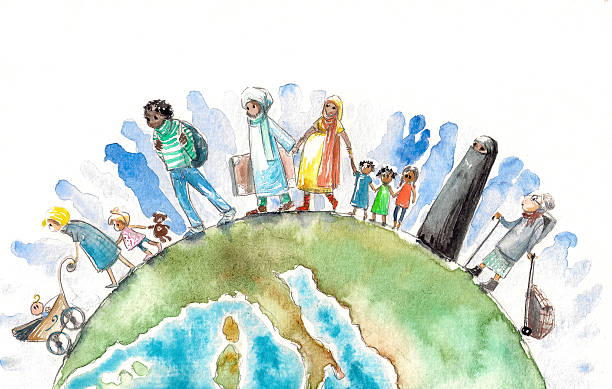
Often immigrants/migrants/refugees have no choice to return but the love and longing for their homeland should not be treated as misplaced. (Immigration)
Image Courtesy: AI, amazon.in, Vanity Fair, The Financial Express
A masters' in Comparative Literature from Jadavpur University, Manjira Majumdar has dabbled in journalism, teaching and gender activism. She shares her love for cinema, books, art and four-legged creatures with her family consisting of a husband and two daughters.


